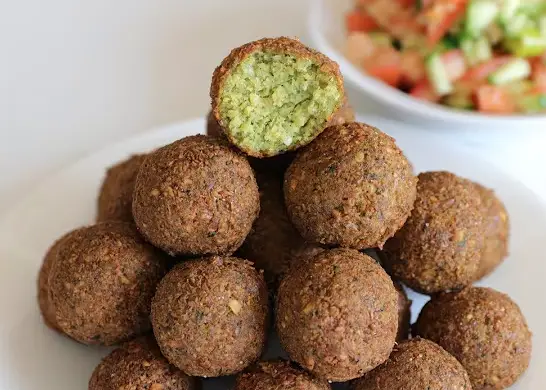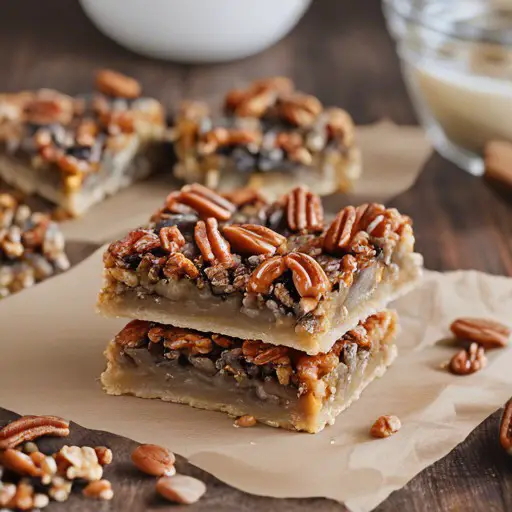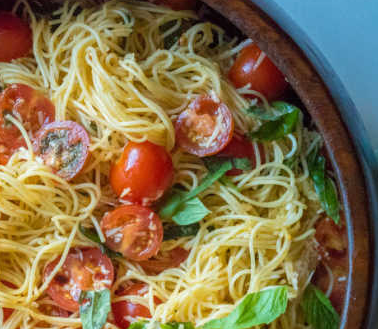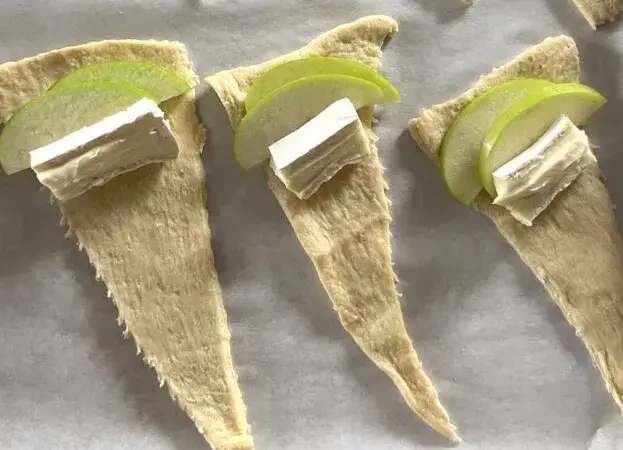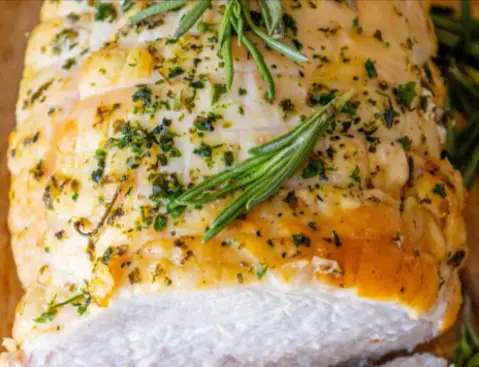Crispy Homemade Falafel: A Flavorful Mediterranean Delight
Create Irresistible Falafel at Home
If you’re a fan of Mediterranean cuisine, then you’re likely familiar with the savory and satisfying taste of falafel. These crispy, golden-brown nuggets of goodness are not only delicious but also a fantastic source of plant-based protein. In this recipe, we’ll guide you through making your own falafel from scratch, so you can enjoy their mouthwatering flavors anytime you like.
Ingredients:
For the Falafel:
- 2 cups dried chickpeas (garbanzo beans), soaked overnight
- 1 small onion, roughly chopped
- 4 cloves garlic
- 1/4 cup fresh parsley, chopped
- 1/4 cup fresh cilantro, chopped
- 1 teaspoon cumin
- 1 teaspoon coriander
- 1/4 teaspoon cayenne pepper (adjust to taste)
- Salt and black pepper to taste
- 1 teaspoon baking powder
- 4-6 tablespoons all-purpose flour
- Vegetable oil for frying
For the Tahini Sauce:
- 1/2 cup tahini
- 1/4 cup water
- 2 tablespoons lemon juice
- 2 cloves garlic, minced
- Salt to taste
For Serving:
- Pita bread or flatbreads
- Sliced tomatoes
- Sliced cucumbers
- Sliced red onion
- Fresh lettuce or greens
Instructions:
1. Prepare the Chickpeas:
- Drain and rinse the soaked chickpeas. You can also use canned chickpeas, but dried ones work best for the ideal falafel texture.
2. Blend the Falafel Mixture:
- In a food processor, combine the chickpeas, chopped onion, garlic, parsley, cilantro, cumin, coriander, cayenne pepper, salt, and black pepper.
- Pulse the mixture until it’s well combined and has a coarse texture. Avoid over-processing; you want the mixture to have some texture, not become a smooth paste.
3. Add the Baking Powder:
- Sprinkle the baking powder and 4 tablespoons of flour over the mixture. Pulse again until everything is mixed. The mixture should hold together when you press it into a ball. If it’s too sticky, add more flour, 1 tablespoon at a time, and pulse until the right consistency is reached.
4. Chill the Mixture:
- Transfer the falafel mixture to a bowl, cover it, and refrigerate for at least 1 hour. Chilling helps the mixture firm up and makes it easier to shape into patties.
5. Shape the Falafel:
- After chilling, take small portions of the mixture and shape them into small patties or balls. You can make them as big or as small as you like.
6. Heat the Oil:
- Pour vegetable oil into a deep skillet or saucepan, filling it about 1-2 inches deep. Heat the oil to 350°F (175°C) over medium-high heat.
7. Fry the Falafel:
- Carefully place the falafel patties into the hot oil. Be sure not to overcrowd the pan; you may need to fry them in batches.
- Fry each side for 2-3 minutes, or until they’re golden brown and crispy. Use a slotted spoon to remove them from the oil and place them on a paper towel-lined plate to drain any excess oil.
8. Make the Tahini Sauce:
- In a bowl, whisk together the tahini, water, lemon juice, minced garlic, and a pinch of salt. The sauce should have a smooth and creamy consistency.
9. Serve the Falafel:
- Warm the pita bread or flatbreads. Place a few falafel patties inside, add sliced tomatoes, cucumbers, red onions, and fresh greens.
- Drizzle the tahini sauce over the top, or serve it on the side for dipping.
10. Enjoy Your Homemade Falafel:
- Serve your homemade falafel immediately while they’re still warm and crispy. Savor the delightful blend of spices and the creamy tahini sauce with every bite.
Tips and Variations:
Customizing Your Falafel Experience
Tips:
- If you’re in a hurry, you can use canned chickpeas. Just make sure to drain and rinse them thoroughly before using.
- To make sure your falafel holds together well, it’s essential to let the mixture chill in the refrigerator. This step helps the patties maintain their shape during frying.
Variations:
- Get creative with your falafel by adding other herbs and spices like mint, dill, or sumac to the mixture for unique flavor profiles.
- For a gluten-free option, use chickpea flour or a gluten-free flour blend in place of the all-purpose flour.
Customization:
- Customize your falafel sandwich by adding your favorite veggies and sauces. Pickles, hot sauce, and a dash of yogurt-based dressing can all take your falafel to the next level.
Storage:
- Leftover uncooked falafel mixture can be kept in the refrigerator for up to 2 days, or you can freeze it for later use. Cooked falafel can be stored in an airtight container in the refrigerator for 2-3 days and reheated in the oven or toaster oven.
Cook’s Note:
- Making homemade falafel is a labor of love, but the results are incredibly rewarding. You’ll have a plate of crispy, flavorful falafel that’s better than what you can get from most restaurants. Enjoy these delectable nuggets of Mediterranean goodness with your favorite toppings and sauces.
